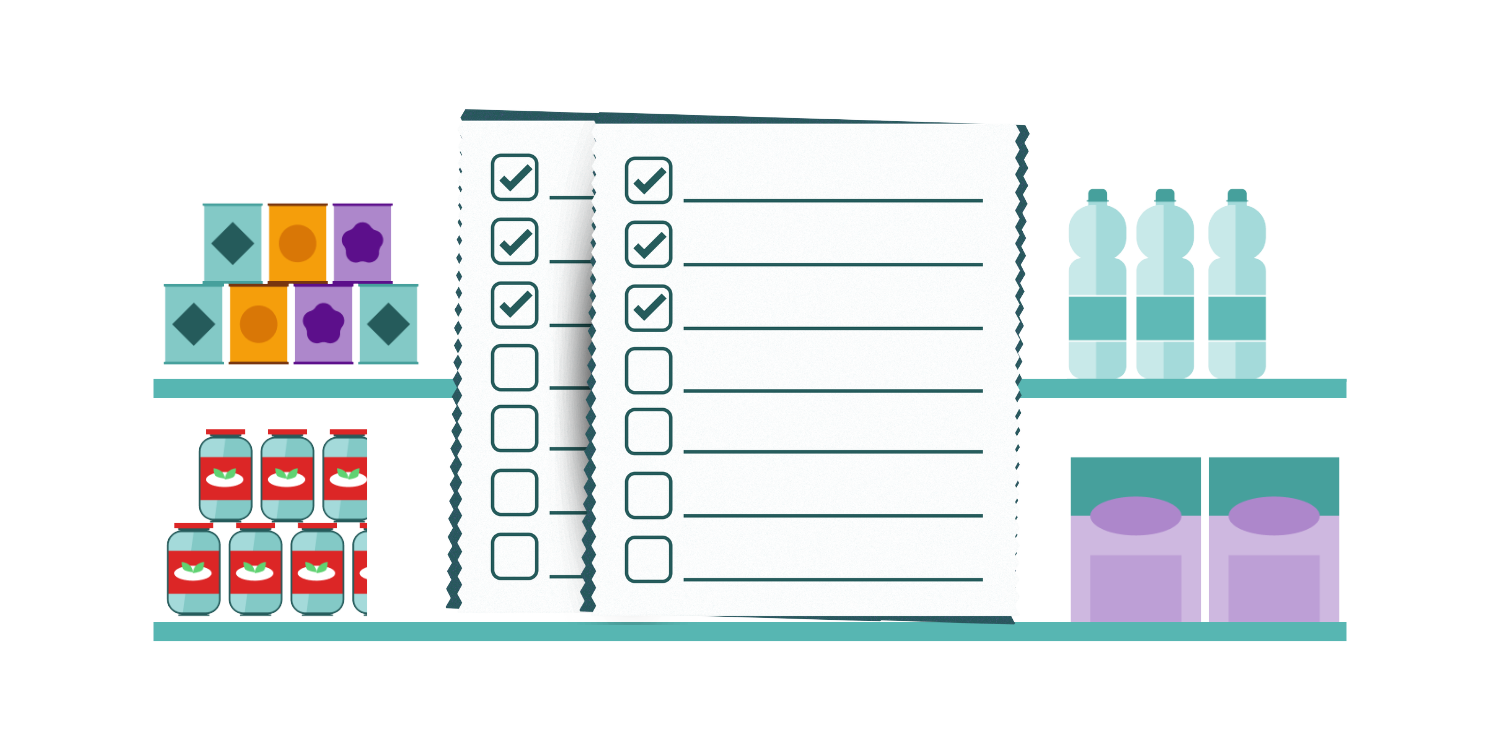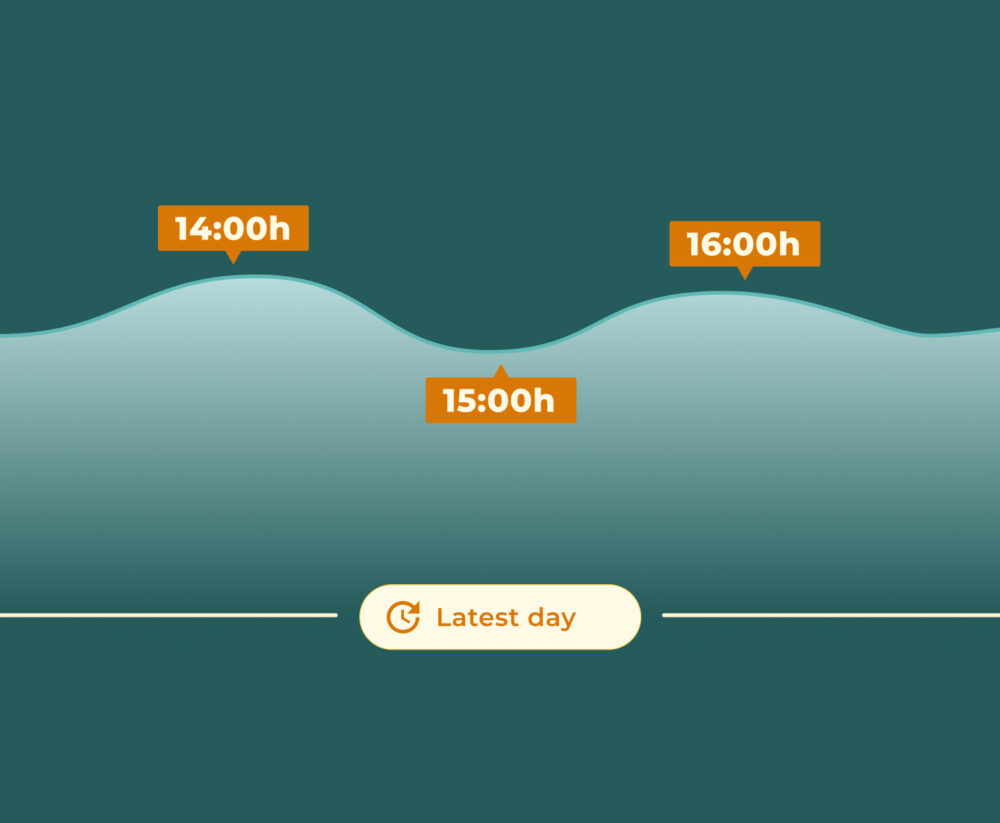How to Conduct Store Checks in Retail
The Retail world is a highly competitive environment where brands and stores fight for consumer attention. In this context, having accurate and up-to-date information on product status, competition and consumer behavior is key to making sound strategic decisions. One of the most effective tools for obtaining this information is Store Checks.
A Store Check is a fundamental activity in retail management. It allows brands to analyze various aspects of the point of sale, such as product placement, pricing, competitor presence and consumer behavior. It’s also an effective market research tool. If your business is launching a new product, it’s crucial to conduct a Store Check to analyze the competition. This analysis will help you adjust pricing, distribution channels and marketing strategies to ensure success against competitors.
In this post, we will explore what a Store Check is, its objectives, the steps to carry it out and its importance within Retail.
What Is a Store Check?
A Store Check is also known as a price check or point-of-sale audit. It is an inspection of points of sale (stores, supermarkets, etc.) with the goal of collecting relevant information about the market and the performance of a brand’s products in this environment. This activity, carried out by Point of Sale Managers, involves observing the arrangement of products on shelves, analyzing the competition, monitoring prices and studying consumer behavior.
Its main objective is to obtain data that helps brands improve their sales strategy. It will also help them ensure that their products are properly positioned to attract consumers. To do this, it is necessary to evaluate aspects such as product visibility, the space it occupies, current promotions and the arrangement of competitor products.
What Are its Objectives?
A Store Check is not just a visit to the store. It is a strategic tool for gathering crucial data that can directly influence a brand’s marketing and sales decisions. Its main objectives include:
Ensuring compliance with merchandising strategies
Verifying if products are correctly placed and if promotions are being carried out as planned.
Analyzing the competition
Observing how competitor products are positioned, their prices, promotions and availability.
Monitoring prices
This is the essential part of a price check: reviewing how they fluctuate, both for your products and your competitors, to make decisions about pricing strategies.
Observing consumer behavior
During a Store Check, you can observe how consumers interact with the products on the shelves, which can offer valuable information about their preferences and buying patterns.
Evaluating the assigned space
Reviewing whether the space occupied by your products is adequate compared to the competition, and whether this space is being optimized to maximize sales.
Identifying opportunities for improvement
The data obtained in a Store Check can help identify areas where it is possible to improve, such as the arrangement of products, the effectiveness of promotions or customer service at the point of sale.

Steps to Conduct a Store Check
To conduct a Store Check effectively, it is important to follow a series of steps that ensure accurate and useful information is obtained for decision-making. Here, we detail each of these steps:
1. Define the objectives
Before starting a point-of-sale audit, it is essential to have a clear understanding of the objectives to be achieved. Do you want to evaluate the availability of your product? Monitor prices? Analyze the positioning of the competition? Defining the objectives beforehand will allow you to better approach the visit and ensure that you gather the most relevant information for your strategy.
2. Select the points of sale
Once you have your objectives clear, the next step is to select the points of sale where you will conduct the audit. It is important to choose a representative sample that includes different types of stores (large supermarkets, small businesses, specialty stores, etc.) to obtain a complete view of the market. It is also advisable to visit both stores in large cities and smaller areas to capture the differences between these two types of audiences.
3. Observe consumer behavior
An essential part of the Store Check is to pay attention to how consumers interact with the products on the shelves. Do they spend a lot of time examining certain products? Do they seem to ignore others? Observing consumer behavior can give you clues about the effectiveness of product placement, promotions and other elements of the point of sale.
4. Conduct a detailed store analysis
In this step, you should perform a thorough inspection of the point of sale. You will collect key information on product placement, shelf organization, signage, promotions and available stock. It’s also helpful to check the cleanliness and orderliness of the sales area, as these factors can influence the customer experience and, therefore, sales.
5. Evaluate the space occupied by your product within the business
It is crucial to review the space allocated to your product within the store and compare it to that of the competition. Is your product in a visible and easily accessible position for consumers? Is the space allocated proportional to the sales it generates? An analysis of the space can help you negotiate better conditions with the retailer or adjust your distribution strategy in the future.
6. Analyze the competition
During the Store Check, you should also pay attention to competitor products. Observe how they are positioned, what their prices are, what promotions they are offering and how consumers interact with them. This information is key to adjusting your strategy and positioning yourself better in the market.
7. Review the results
After gathering all the information, it is essential to review and analyse it carefully. This will allow you to identify patterns, trends and opportunities for improvement. Based on the data obtained, you can make strategic decisions to optimize your brand’s presence at points of sale, improve promotions or adjust the prices of your products.
Why Is Conducting a Store Check Important?
Conducting Store Checks regularly is vital for any brand operating in the retail sector. Here are some compelling reasons why this practice is fundamental:
- Ensures compliance with marketing strategies: Through a Store Check, brands can ensure that their marketing strategies are being executed according to plan, which is crucial for maximizing sales.
- Provides valuable information about the competition: Knowing your competitors’ strategies allows you to adjust your own actions and stay one step ahead in the market.
- Allows you to strategically adjust prices: Price checks at the point of sale help you identify opportunities to adjust your pricing and be more competitive, which can have a direct impact on sales.
- Helps to improve product placement: A detailed point-of-sale audit can reveal opportunities to optimize product placement and improve visibility, often resulting in increased sales.
- Offers a direct view of consumer behavior: Observing consumers at the point of sale allows you to obtain real-time information about their preferences, needs and buying patterns, which is essential for adjusting your marketing and sales strategies.
- Allows you to negotiate better conditions with retailers: If you discover that your product is being undervalued in terms of space or visibility compared to the competition, you can use the information obtained in your store check to negotiate better conditions with retailers.
Online Store Checks versus In-Store Store Checks
Aside from what has been described so far, it is necessary to consider that, currently, Store Checks can be performed both physically in stores and online. Both options have their advantages and challenges:
Online Store Checks
Online price checks are a powerful and agile tool for collecting price and promotion data on e-commerce platforms and competitor websites. The biggest advantage of this modality is its speed and efficiency. You can access information from multiple digital points of sale in a short amount of time, without the need to physically travel. Using only a pricing and stock monitoring tool like the one offered by flipflow is possible to audit daily what a huge team of point-of-sale managers would take weeks to cover. In addition, it is analyzed in an ultra-detailed way, without limiting ourselves to the best-known brands, but auditing complete assortments in any supermarket or point of sale. Digitization allows large amounts of data to be analyzed globally.
In-store Store Checks
However, an online price check cannot completely replace physical point-of-sale observation but is an unbeatable first layer of control. Used consciously and with the quality provided by an analytics platform like flipflow, it is possible to make physical Store Checks more spread out over time. This will significantly save costs on personnel or external services. And above all, it will provide agility and responsiveness.
Combining both approaches = the best strategy
As we mentioned, physical Store Checks provide a context and a deeper perception of the in-store shopping environment. On the other hand, online price checks work as a first approximation that allows you to collect valuable data on prices and competition in the global digital market on a daily basis and more agilely. Using both tools in a complementary way ensures a more complete and strategic view of the Retail landscape. And this helps brands make more informed and precise decisions.
Do you want to know how a large multinational dairy company uses our tool? How have they managed to reduce Store Check costs by 65% thanks to achieving 98% accuracy in daily store-level data? Discover this and much more in the Grupo Lala Case Study you will find by clicking on this link. And if you want to see flipflow in action, feel free to contact us to achieve success in your business.



